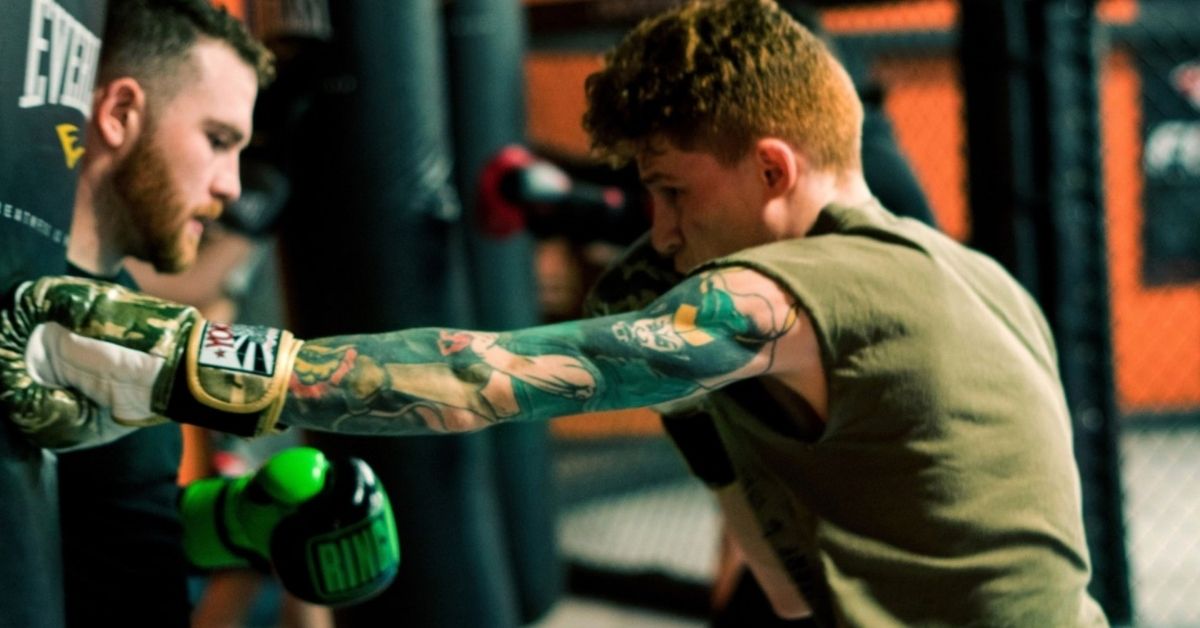Have you heard about the decades-old case of the shark that threw up a human arm at the old Coogee Aquarium and Swimming Baths on Dolphin Street? If you haven’t, here’s a look back at the strange case which involves a dismembered arm, a missing body, and a man who admitted some involvement but professed his innocence of murder up to his dying day.
In 1935, a four-meter tiger shark from Coogee Beach was put on display inside the massive aquarium at the complex. One day, visitors were stunned to witness the shark throwing up a human arm with a distinctive boxer tattoo.
Confused police personnel tried to put the pieces of the bizarre case together beginning with the identity of the floating limb and how it ended up in a shark tank. They were able to lift fingerprints from the arm, which led them to James “Jim” Smith, a boxer and small-time criminal who was reported missing by his family.
His brother, Edward Smith, and his wife, Gladys Smith, were able to confirm his identity because of the arm tattoo. They also confirmed that Jim had a risky job and sometimes informed the police about his dealings in the underworld.
The investigation also led police to Reginald William Lloyd Holmes, a known smuggler and insurance scammer who sometimes relied on Jim for help. In one of their scams, the pair worked with a former serviceman, Patrick Francis Brady, who had a record for forgery. The authorities later figured out that Brady was blackmailing Holmes.
Photo Credit: Trove Australia
More than a month after discovering the arm, Brady was charged and tried in court for the murder of Jim. Witnesses attested that Brady was with Jim at a bar on the night of his disappearance, despite Jim’s protestations of innocence.
Holmes tried to distance himself from Brady’s legal troubles and attempted to take his own life, to avoid talking to the police. His attempt at suicide failed and he finally cooperated. Holmes said that Brady talked about dismembering Jim’s body, putting it in the boot of his car, and jettisoning the vehicle at Gunnamatta Bay in Cronulla.
Holmes said that Brady came to his house that night bearing Jim’s tattooed arm to issue threats. Holmes confessed that he disposed of the arm off the coast between Maroubra and Coogee.
A day before Holmes was supposed to give his testimony, he was found dead inside his car parked on Hickson Road in Dawes Point, in an apparent suicide. Many believed his death to be otherwise because police had discovered that Brady was working for Edward Frederick Weyman, a gang boss, who had learned that Jim was an informant.
Unfortunately, despite the police’s best efforts, the shark arm case was dismissed, largely because police were unable to find the body and their star witness was dead. Brady’s lawyers argued that the discovered arm “did not constitute a body,” which raised doubt on Jim’s death and posed the possibility that he could still be alive. Up to his death in 1965, Brady was firm in telling the police he did not murder Jim.
So, how did the arm end up in the shark tank? Investigators speculated that a small shark swallowed Jim’s tattooed arm, only to eaten by a bigger tiger shark, which was caught and placed inside the Coogee Aquarium. At that time, the aquarium’s owners needed the tiger shark on display to draw the public with something interesting because they were strapped for cash.
The bizarre murder case placed the Coogee Aquarium on the front pages of newspapers, sparking renewed interest from curious locals. The story of the shark arm case became fodder for urban legends and material for books and even television shows like “CSI Miami.“
Meanwhile, despite becoming a heritage-listed site in May 1982, the Coogee Aquarium and Swimming Baths’ original building eventually deteriorated as nature and lack of attention to the site took its course. In 1996, Council initiated a major renovation of the site, which is now known as the Coogee Pavillion, with its rows of shops and restaurants.






